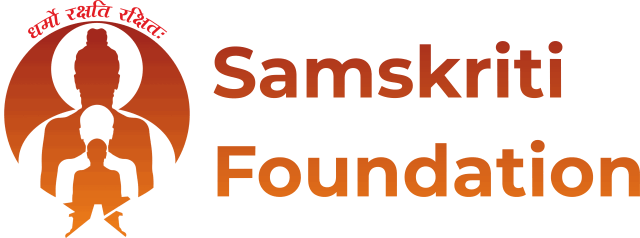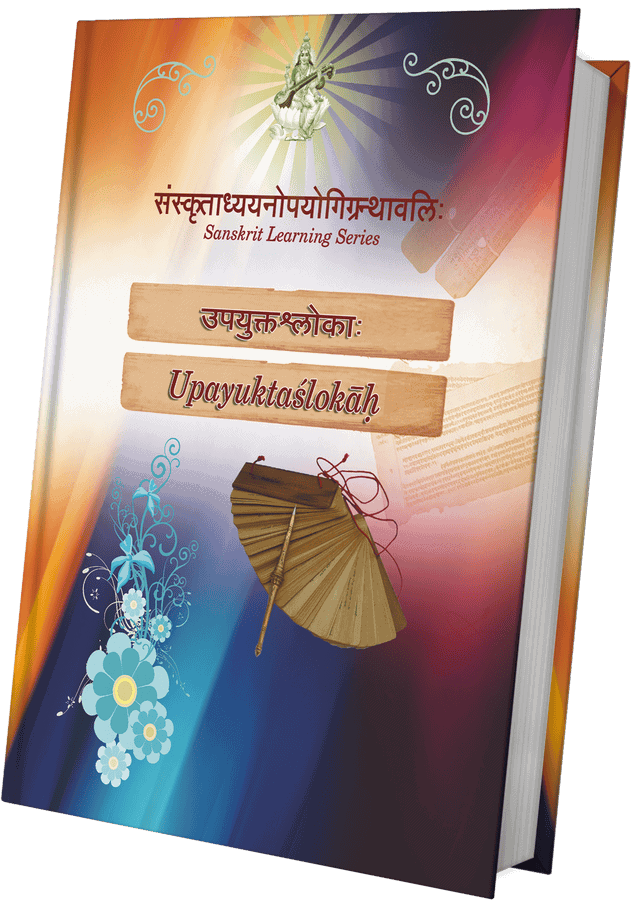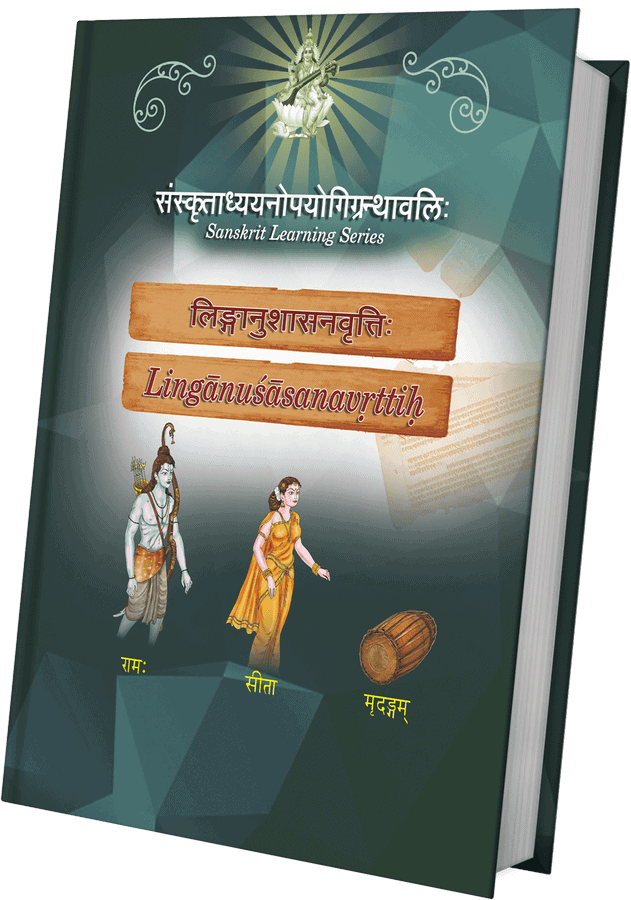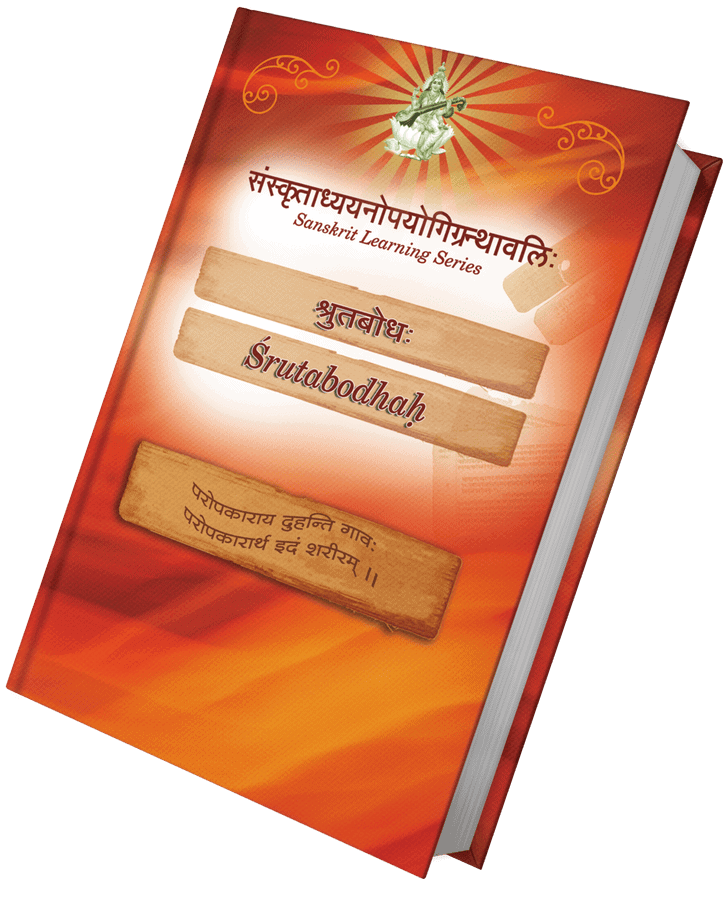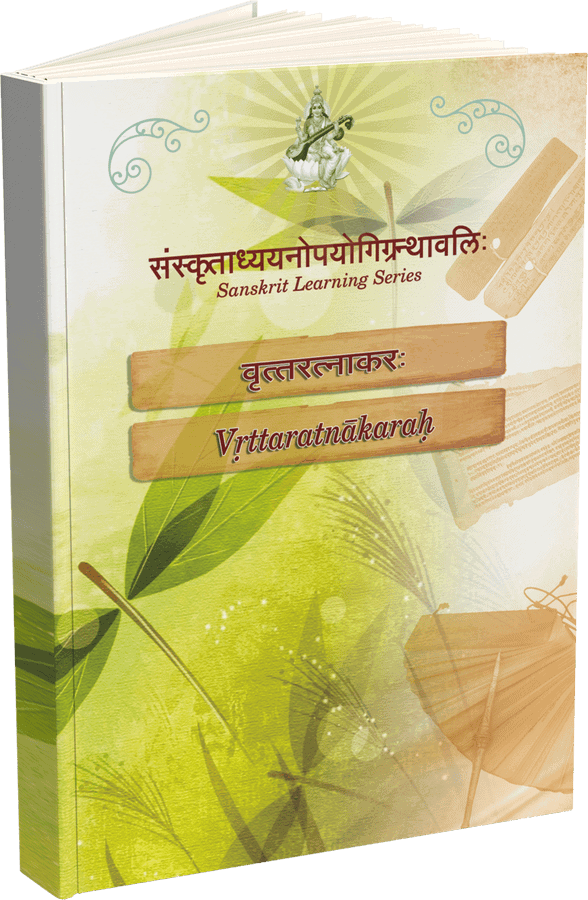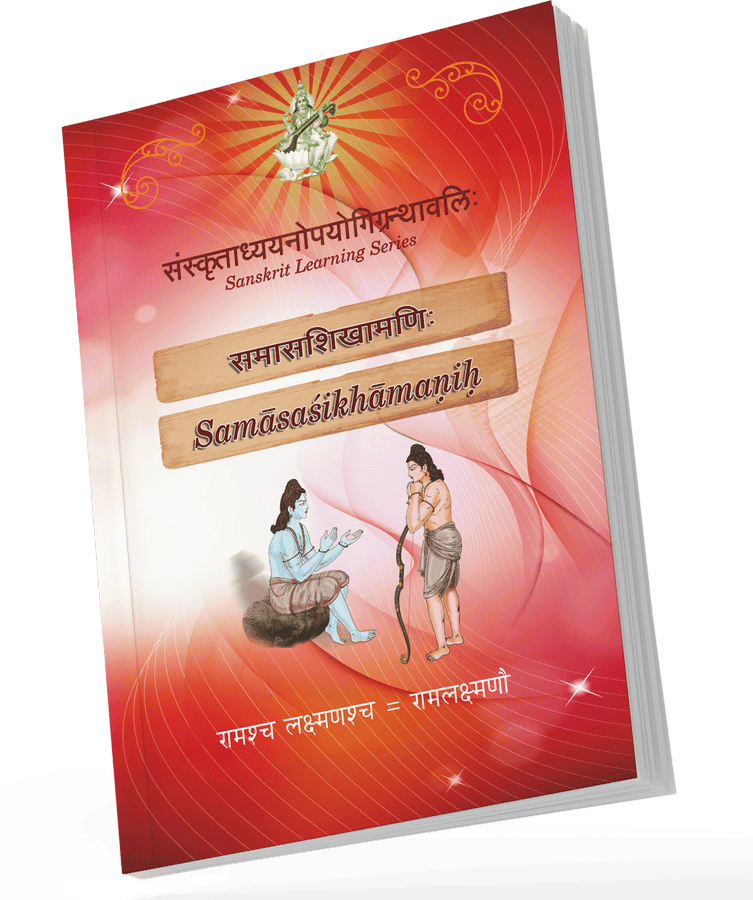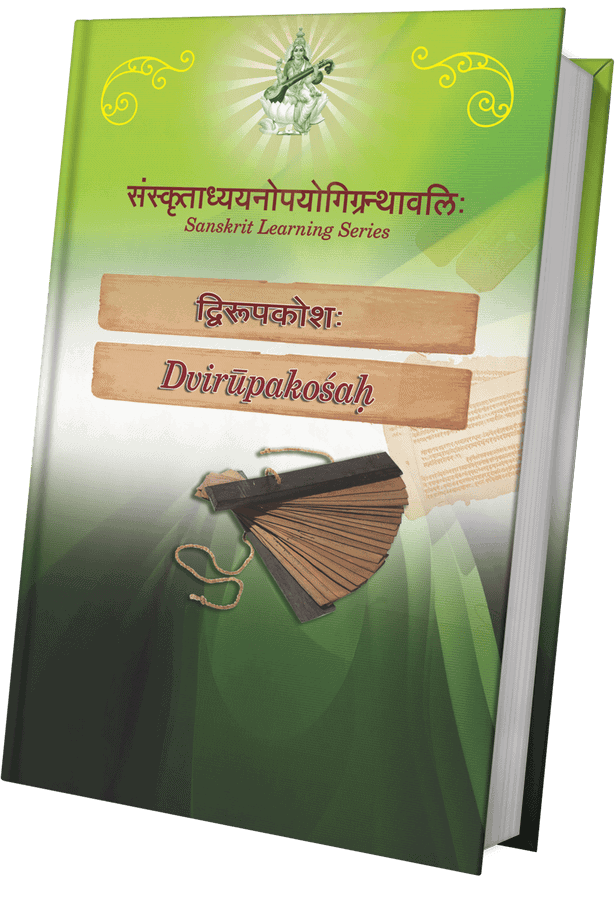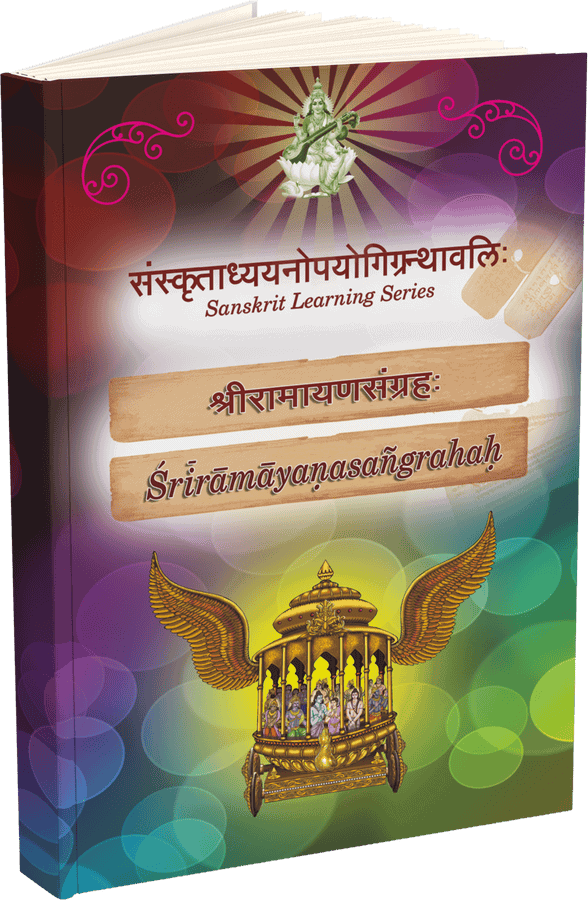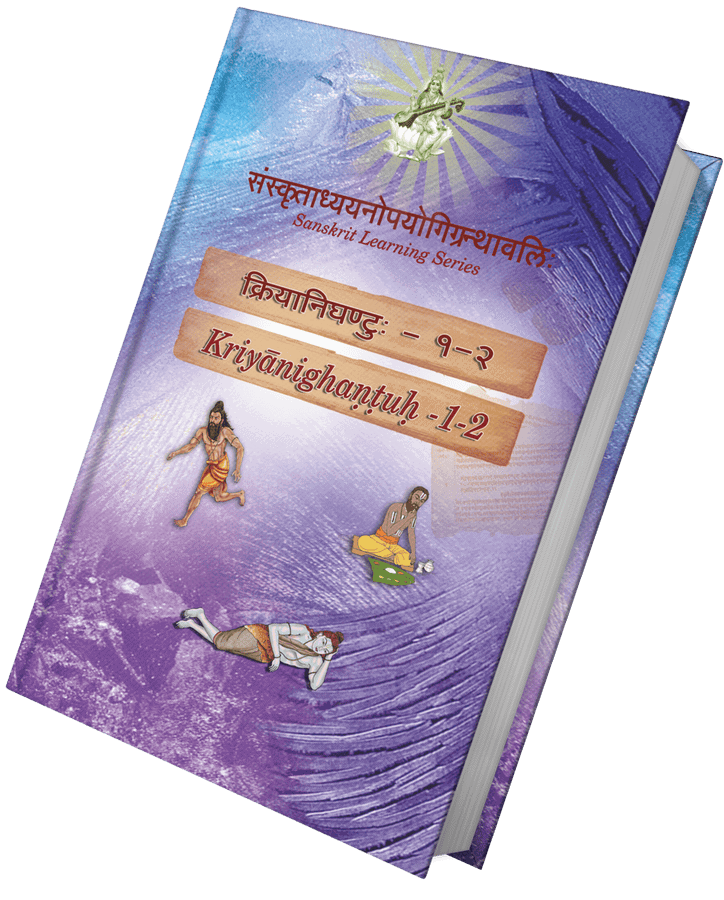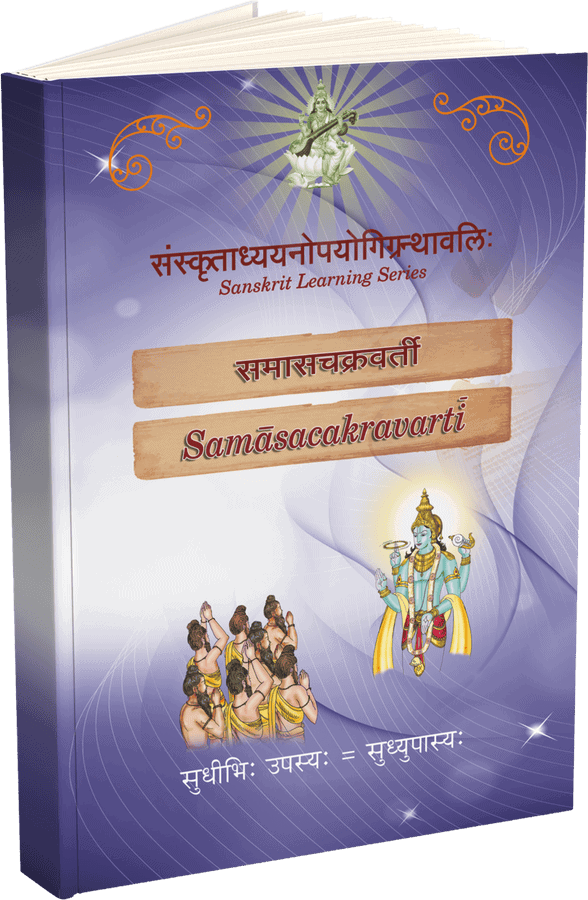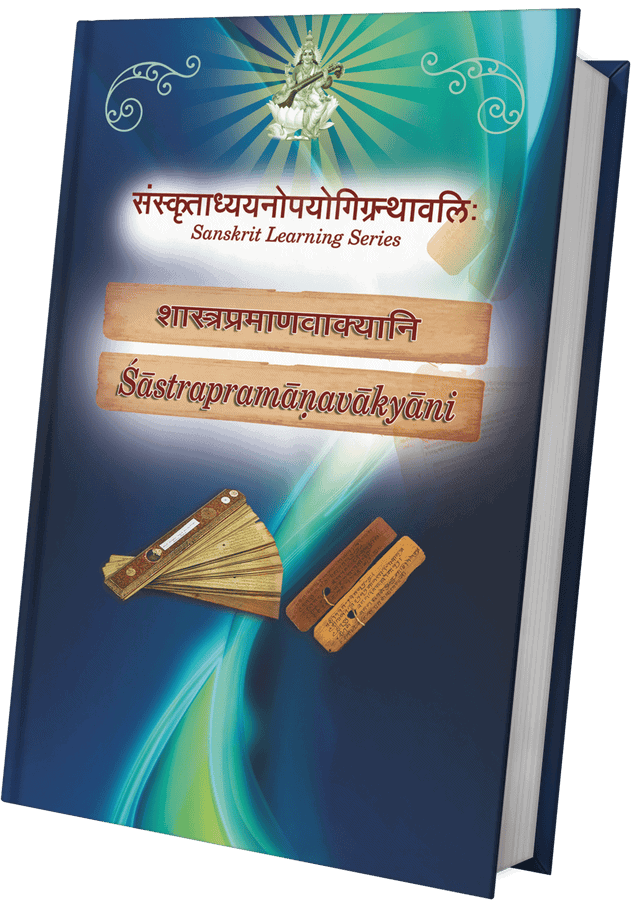Sage Patanjali’s Yoga Sutras, Hatha-yoga-pradipika and Yogataravalai with topic-wise and other searches at various levels.
These are Web-enabled and Mobile-enabled, Multimedia-Self-teaching Programs with topic-wise and other searches at various levels, and various modes such as – ‘Recite’ Mode; ‘Teach Me’ Mode; ‘Tell Me More’ Mode etc.
Flagship Program of the Samskriti Foundation
Jnanasvatthah – A mammoth knowledge structure housing the entire gamut of Traditonal Knowledge under a single umbrella:
● To make the entire structure of traditional text / media available to common man and experts.
● To build a repository of all types of content available in various languages in various domains of traditional knowledge.
● To capture knowledge from different perspectives across languages.
● To use epistemology as the foundation for organization of knowledge.
● To enable experts to link and connect to appropriate knowledge structures like ontology.
● To build a crowd sourcing based framework to capture, tag and curate content.
● To build a framework to facilitate development of novel applications using this content.
● To provide a flexible and extensible architecture for the underlying technological support.
● To design multi-dimensional information access and search mechanisms.
● To provide multi-dimensional visualization of the content.
Sanskrit Learning Series
Samskriti Foundation has come out with a series of Self-teaching packages of the works teaching various important aspects of Sanskrit under the above heading in the form of web-apps and printed books.
These contain 12 most important works that are needed to gain comprehensive knowledge of various aspects of Sanskrit language, Sanskrit literature and some basic aspects of Sanskrit grammar. Without the knowledge of these it is almost impossible to have proper and precise knowledge of various to‐be‐mandatorily‐known features of Sanskrit language and literature. They are as follows:
Upayuktaślokāḥ (उपयुक्तश्लोकाः)
India and Sanskrit language have a unique tradition of mnemonics’ that is defined as ‘the study and development of systems for improving and assisting the memory’. It is also described as any learning technique that aids information retention or retrieval in the human memory. Traditional Sanskrit scholars used to convert any information, be it lists of names, methods of preparation or virtually anything under the sun into the form verses (predominantly of the Anushtup meter) that could be easily remembered and memorized.
The current work is a collection of the most important verses of Sanskrit which are useful in teaching various important components of Sanskrit language like ‘Avyaya’, ‘anvaya samasa’, ‘sandhi’, ‘upasarga’ etc. with examples in many cases The knowledge of these slokas is manadatory for any person who wishes to learn Sanskrit properly, in the traditional manner Though many of these slokas are known in general to traditional Sanskrit scholars, they have not been collected, collated and presented in an easy manner for people to memorize at one go. Further, these slokas, if memorized, will sreatly help the person doing so, to gain knowledge of other languages also.
Liṅgānuśāsanavṛttiḥ (लिङ्गानुशासनवृत्तिः)
In Sanskrit language, each word possesses its own gender, masculine, feminine or neuter. The gender of the word does not necessarily be that of the meaning denoted by the concerned word.
In fact the gender of the word depends upon different factors like the suffix of the word etc. beginners who start learning the language of Sanskrit, many a times, find it difficult to readily ascertain the gender of Sanskrit words.
Sage Panini, in his magnum opus called “Ashtadhyayi” has laid down the rules governing the gender of each and every word in Sanskrit.
The current work has extracted the rules dealing with the gender of Sanskrit words and explains these rules along with examples.
Unless one knows these rules properly, his her knowledge of Sanskrit language will be incomplete and inadequate.
Śrutabodhaḥ (श्रुतबोधः)
Chandas or Sanskrit prosody is a study of poetic metres and verse in Sanskrit.
The metres studied are also called Chanda. These metres are classified based on the syllables present in each pada of the mantras. This minor work, having just 44 sloka-s is a small masterpiece that teaches the basic of the Sanskrit Chandas and Vritta-s to students in the simplest possible manner.
Ascribed to one of the greatest poets Kalidasa, it enables the student to grasp the definitions of the various meters used in Sanskrit literature.
Vṛttaratnākaraḥ (वृत्तरत्नाकरः)
Chandas or Sanskrit prosody is a study of poetic metres and verse in Sanskrit The metres studied are also called Chanda. These metres are classified based on the syllables present in each pada of the mantras. The VrittaRatnakara’ of Kedara Bhatta (14th Century CE) is one of the most popular texts on Sanskrit prosody.
Though there are many books on Sanskrit prosody by eminent authors like ” Kalidasa, Kshemendra, etc, VrittaRatankara continues to be an essential text for Sanskrit students. A speciality of this work is that the definition and illustration of a meter is given in one and the same verse.
The verse defining a particular metre is composed in that particular meter itself. This is very helpful for a student of Sanskrit prosody. Another specialty of this work is that it is very brief there are merely 136 verses. The author has covered all the prominent metres of Sanskrit literature in these verses.
Samāsaśikhāmaṇiḥ (समासशिखामणिः)
When one studies the literature of various languages one comes across a class of words known as ‘compound words’ Compound words (samastapada) are those words that are formed as a combination of two or more words, having independent meanings but come together in their own unique way to denote a particular entity.
Sanskrit is a unique language which abounds with several types of compounds that are unique and peculiar to itself (sanskrit) as one does not find such a varieties of compounds used in various contexts with This is a very important work that varied connotations. teaches the students of Sanskrit the basics of all the Compounds (samasa-s) along with the necessary examples.
If a student memorizes this entire text, he will be able to remember with examples all aspects associated with samasa-s in Sanskrit language and master this aspect which is very much required for understanding the texts of Sanskrit in a proper manner.
Dvirūpakośaḥ (द्विरूपकोशः)
In Sanskrit there are many words having two forms / similar forms etc having different / similar meanings.
This work, which has been written by the author after examining hundreds of Sanskrit texts is most important for those who want to know the language of Sanskrit in versatile manner.
Until now, this work has not been published with a good English translation and illustrative examples.
Śrīrāmāyaṇasaṃgrahaḥ (श्रीरामायणसंग्रहः)
This is a work intended to teach beginners to the very basics of Sanskrit language and literature. It is said to have been authored by a great Sanskrit scholar called VaiyakaranaRamanujacharya who belonged to the Srivaishnava tradition. The work is authored in the ‘Campu’ style (a mixture of poetry and prose) in simple and lucid Sanskrit without giving up the fervor and piety of the subject that is being dealt with.
When Sanskrit was traditionally taught to young students or beginners in South India, this was the primary work that was taught to them in a conventional manner, wherein students used to be guided to first split the sansdhi-s, identify the words, parse them, mention the construe (anvaya), explain the word-by-word meaning, identify the compound words and so on This would give them a very good grounding in the basics of Sanskrit language and also help them identify the application of the basic rules of Sanskrit as mentioned by Sage Panini and other Sages.
The story of Ramayana has been here explained in a beautiful manner that stirs the imagination of the students and inherently encourages them deeper and farther into the Ramayana of Valmiki. Overall, it is one of the best primers to initiate students to the learning of Sanskrit.
Kriyānighaṇṭudvyam (क्रियानिघण्टुद्व्यम्)
Sanskrit is a unique language wherein literatures of innumerable kinds have been authored. Lexicography, the art and science of developing various types of lexicons is one of the several areas in which Sanskritists have contributed hugely. Though there are several lexicons pertaining to several domain based subjects like Ayurveda, Horticulture, Philosophy etc. as well as general lexicons like Amarakosha, Vishwakosha, Halayudhakosha etc.
Nighantu is a Sanskrit term for traditional collection of words, grouped into thematic categories, often with brief annotations. Such collections share characteristics with glossaries and thesari, but are not true lexicons, such as the kosa of Sanskrit literature. Particular collections are also called nighantantava. These are two Nighantu-s dealing exclusively with verbs which are very much useful in identifying synonyms for verbs. They give the synonyms for verbs denoting different types of actions. Such a lexicon of verbs, as per our information, is totally unheard of in any other language including English. As in the norm with most of the Sanskrit lexicons, the current lexicon is also authored in the form of Anushtup verses which makes it easy to memories and use information whenever required. It is hoped that students and scholars of Sanskrit will utilize in right earnest.
The current work is a collection of the most important verses of Sanskrit which are useful in teaching various important components of Sanskrit language like ‘Avyava’, ‘Anvyaya’, ‘Samasa’, ‘Sandhi’, ‘Upasarga’ etc. with examples in many cases. The knowledge of these shlokas is Mandatory for any person who wishes to learn Sanskrit properly, in the traditional manner. Though many of these slokas are known in general to traditional Sanskrit scholars, they have not been collected, collated and presented in an easy manner for people to memorize at one go. Further, these slokas, if memorized, will greatly help the person doing so, to gain knowledge of other languages also.
Samāsacakravartī (समासचक्रवर्ती)
When one studies the literature of various languages one comes across a class of words known as compound words. Compound words (samastapada are those words that are formed as a combination of two or more words, having independent meanings but come together in their own unique way to denote a particular entity.
Sanskrit is a unique Language which abounds with several types of compounds that are unique and peculiar to itself (sanskrit) as one does not find such a varieties of compounds used in various contexts with varied connotations. This is another very important work that reaches the students of Sanskrit the basics of all the Compounds (samasas) along with the necessary examples.
If a student memorizes this entire text, he will be able to remember with examples all aspects associated with samosas in Sanskrit language and master this aspect which is very much required for understanding the texts of Sanskrit in a proper manner.
Śāstragranthavyākhyodāhṛta-pramāṇasaṃgrahaḥ (शास्त्रग्रन्थव्याख्योदाहृत-प्रमाणसंग्रहः)
While commenting upon Shastra /Kavya works of Sanskrit, the learned commentators of Sanskrit quote from various different sources.
However, in many cases, the sources or the quotations themselves will not be familiar to the readers though they may be well- informed.
This work is a collection of such quotations from various Shastraic sources along with the meanings.
